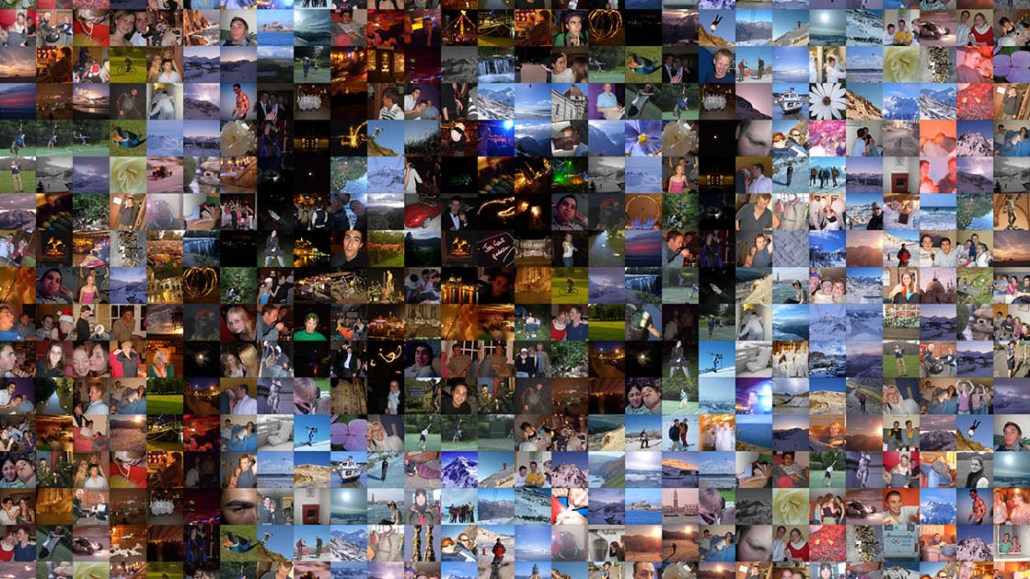
Publishers and agencies may be obsessed with the pricing changes wrought by the viewability push, but the bigger issue might be the vendor and tech problem that still plagues the standard.
When the Media Ratings Council (MRC) gave transacting on viewability the green light last year, it also gave the measurement stamp of approval to 15 viewability vendors, including Moat and DoubleVerify. The move, while well-intentioned, soon created a nightmare for publishers and agencies, which regularly see wide discrepancies in viewability ratings for the same inventory depending on the vendor in question. Worse, agencies and publishers often use different vendors, which has made it harder to settle on measurement and pricing numbers that make sense for both sides.
“I think we got ahead of ourselves a little bit in setting the standard without getting the technology in place,” said Zenith evp of activation standards Julian Zilberbrand at a programmatic-focused IAB event Monday afternoon. “You have to solve for the technology and ensure that it works first.”
Jonathan Bellack, director of product management at Google, said that part of the problem is the pressure viewability vendors feel to differentiate their products. “No one should be trying to get away from that, but if we can’t agree on basics, we won’t be able to transact on anything,” he said.
Pricing questions have dominated the viewability debate so far. Brands and agencies say viewability should have them paying less for what isn’t viewable, while publishers say that viewable impressions should be sold at premium. At the argument’s core is a basic reality: Transacting solely on viewable impressions as a rule means a smaller pool of inventory, which publishers say means that inventory should be priced upwards accordingly.
Despite the technical challenges that still vex viewability, agencies have rushed to transact on the standard, going even beyond the early industry body recommendations. Both Group M and Unilever, for example, have pushed for 100 percent viewability. “An ad that’s not seen is not worth less, it’s worth zero. Zero,” Ari Bluman, GroupM’s chief digital investment officer said in February.
But both the MRC and IAB have pushed back on advertisers’ viewability expectations, citing the many issues that still face the standard and its measurement. “One hundred percent is currently unreasonable. Why? Because, different ad units, browsers, ad placements, vendors and measurement methodologies yield wildly different viewability numbers,” IAB president Randall Rothenberg said in December. The IAB has instead suggested that the industry aim for 70 percent viewability, which it says is more realistic.
Complicating the issue further is the reality that viewability vendors aren’t always able to measure all of a publisher’s inventory. The problem, which The Washington Post senior director of sales operations and product strategy called “dark viewability” has become a major sticking point for publishers, which are unable to sell that unmeasured inventory.
Angelina Eng, vp of activations at Merkle, said at the IAB event that viewability-vendor problems will only be fixed once the technology gets directly integrated into publishers’ ad-serving platforms. “The ad server is the record of truth, especially because that’s where the ad loads. When we’re dealing with multiple point solutions, tying our data together is very difficult,” she said. (Google, for example, recently started reporting viewability metrics for some of its DoubleClick and YouTube inventory).
The problem with such integrations for viewability vendors, according to Eng: They could put those vendors out of business.
More in Media

Media Briefing: The top trends in the media industry for 2025
This week’s Media Briefing takes a look at the top trends from 2025, from digital advertising revenue performance to AI licensing deals.

Digiday Scorecard: Publishers rate Big Tech’s AI licensing deals
Digiday has compiled a scorecard grading AI platforms to make sense of the growing number of players in the AI content licensing market.

Publishers are hunting for AI prompt data — now they’re starting to get it from third-party companies
Publishers are finally gaining some visibility into AI search, as new prompt data tools crack open a black box.





